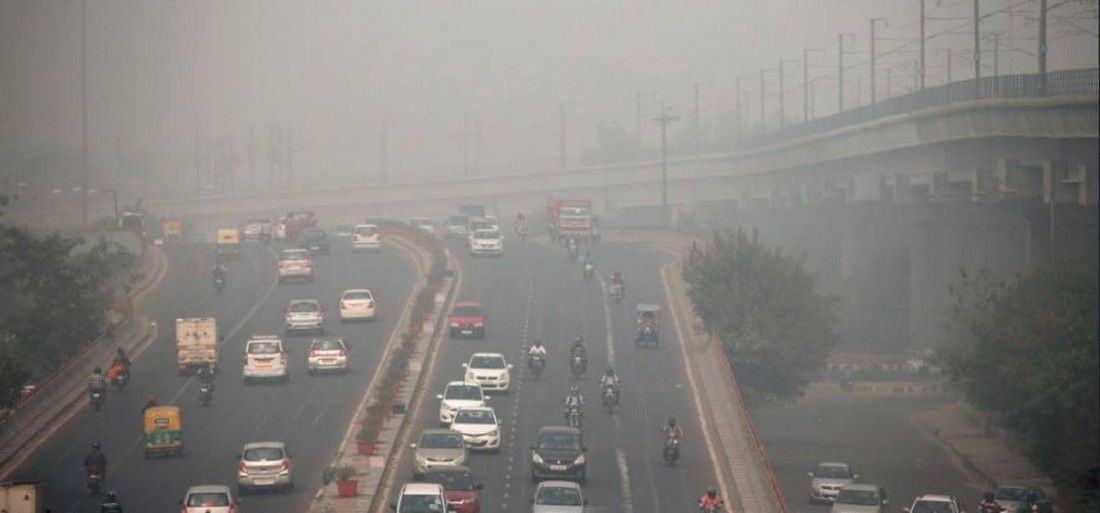By: Dr. Dakter Esse (Deputy Editor-North East cum Bureau Chief-ICN Arunachal Pradesh)
NEW DELHI: Since June 12, 2018 a large part of northern India has been engulfed in a massive haze of dust. Online air quality monitors of Delhi Pollution Control Committee in Delhi show huge escalation of particulate levels.
Larger particle size of 10 microns (PM10) that are highly impacted by dust, show an increase eight to nine times over the permissible level. Data from 19 air quality monitoring stations of Delhi shows a sudden spike in particulate levels during the dust storm days. The average PM10 levels on June 11 were 2.3 times the standard which rose to 8 times on June 12 and 15 times on June 13.
In fact, more than 50 per cent of stations have recorded more than 1,500 microgramme per cum of PM10 levels which is more than 15 times the national 24-hr average standard. The PM10 levels rose by 248 per cent and PM2.5 by 110 per cent on June 12 with the onset of the dust storm. Real time instantaneous levels are staggering at 2,000-3,000 microgramme per cum. With this rising plume of dust, the tinier PM2.5 particles have also reached the ‘very poor’ level.
Pure dust may not be considered that toxic and is seen as a respiratory irritant. But dust becomes toxic when it gets coated with toxic substances from other combustion sources including vehicles, industry, solid waste and biomass burning in urban environments. Countless dust particles in the air offer a huge surface area for other deadly substances to cling on and dust becomes the carrier of toxic stuff.
Several studies in Delhi and the National Capital Region (NCR) have found the chemical signature of different pollution sources in dust particles. Studies in Delhi by several agencies have looked for a wide variety of elements and toxic compounds in dust that show the impact of industrial activities like metal processing or vehicular pollution.
This requires urgent action. The EPCA and the Lt Governor in Delhi have asked for the immediate implementation of the severe plus action under the Graded Response Action Plan. This includes closure of construction activities, hot mix plants and stone crusher and also sprinkling to douse the dust. This may be expedited immediately. But in the longer run, this will require massive greening effort and protection of forests and afforestation to create vegetative barrier and green urbanscape.

